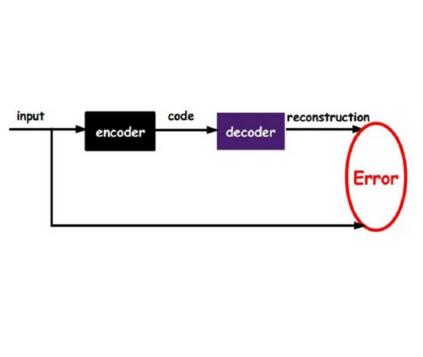The production of dark matter particles from confining dark sectors may lead to many novel experimental signatures. Depending on the details of the theory, dark quark production in proton-proton collisions could result in semivisible jets of particles: collimated sprays of dark hadrons of which only some are detectable by particle collider experiments. The experimental signature is characterised by the presence of reconstructed missing momentum collinear with the visible components of the jets. This complex topology is sensitive to detector inefficiencies and mis-reconstruction that generate artificial missing momentum. With this work, we propose a signal-agnostic strategy to reject ordinary jets and identify semivisible jets via anomaly detection techniques. A deep neural autoencoder network with jet substructure variables as input proves highly useful for analyzing anomalous jets. The study focuses on the semivisible jet signature; however, the technique can apply to any new physics model that predicts signatures with jets from non-SM particles.
翻译:暗物质粒子的产自封闭的暗色暗色区段,可能产生许多新的实验特征。根据理论的细节,质子-质质碰撞中的暗夸克生产可导致可视粒子喷射:暗黑黑黑黑黑黑黑的喷雾,其中只有部分能够通过粒子相撞器实验探测到。实验特征的特征是存在重建后缺失的动脉线状体和喷气机的可见部件。这种复杂的地形对探测器低效和错误重建敏感,从而产生人为缺失的动力。通过这项工作,我们提出了一个信号-神学战略,以拒绝普通喷射机,并通过异常探测技术确定可见的喷射面。一个具有喷射子亚结构变量的深线性神经自动电解网络对分析反射器非常有用。这项研究侧重于半可见的喷射器信号;然而,这种技术可以适用于任何新的物理模型,用来预测来自非SM粒子的喷射机的信号。




